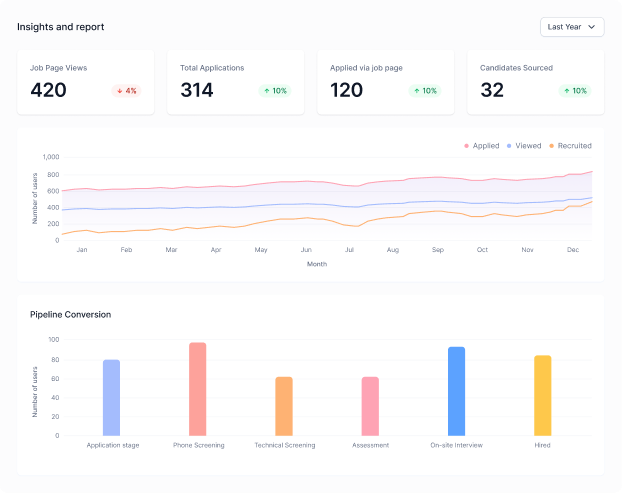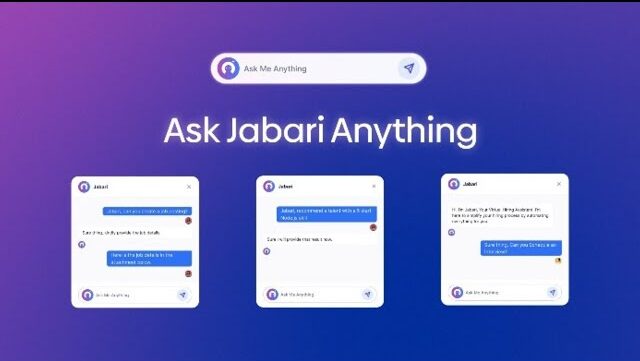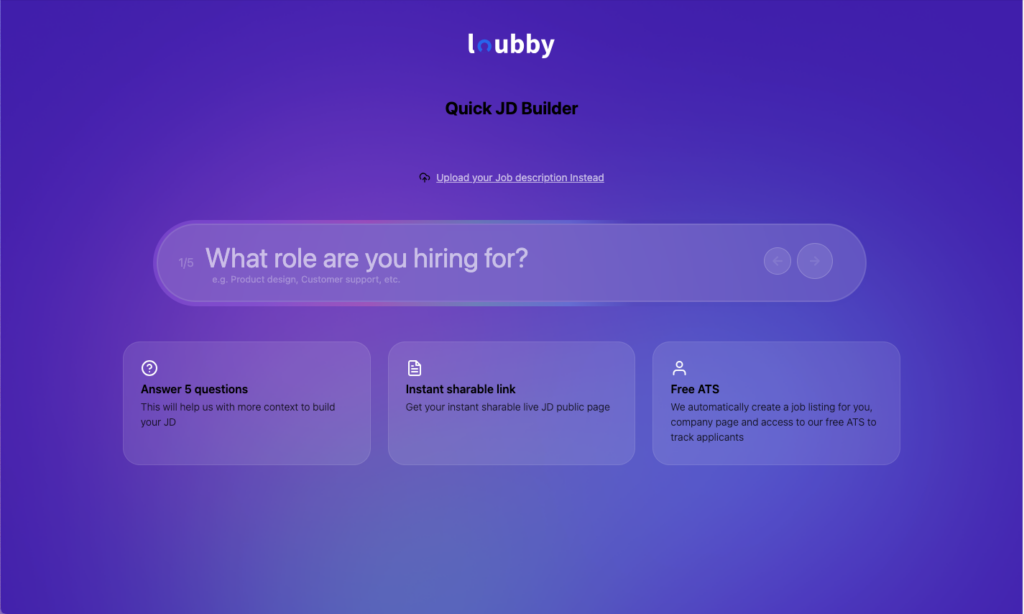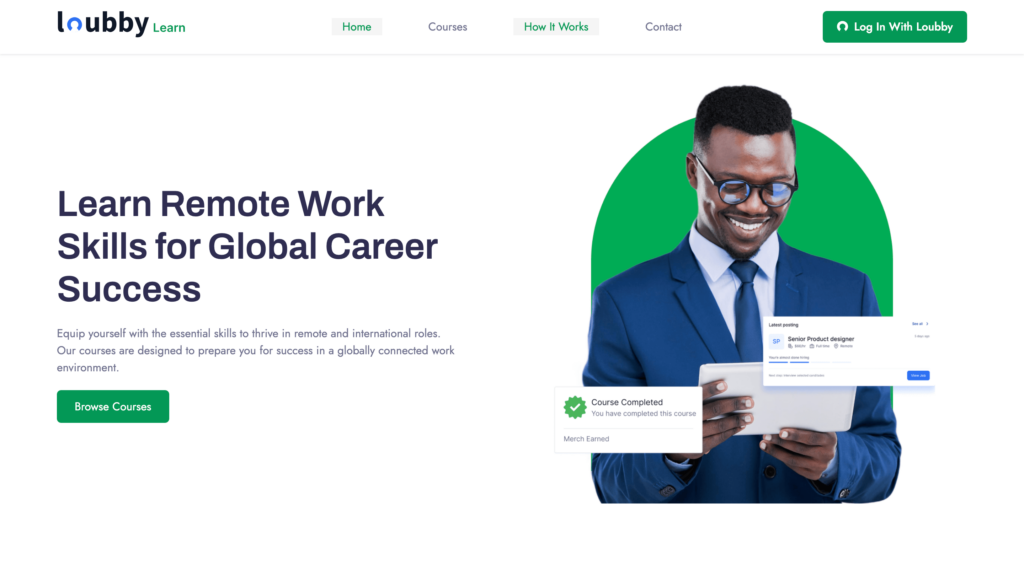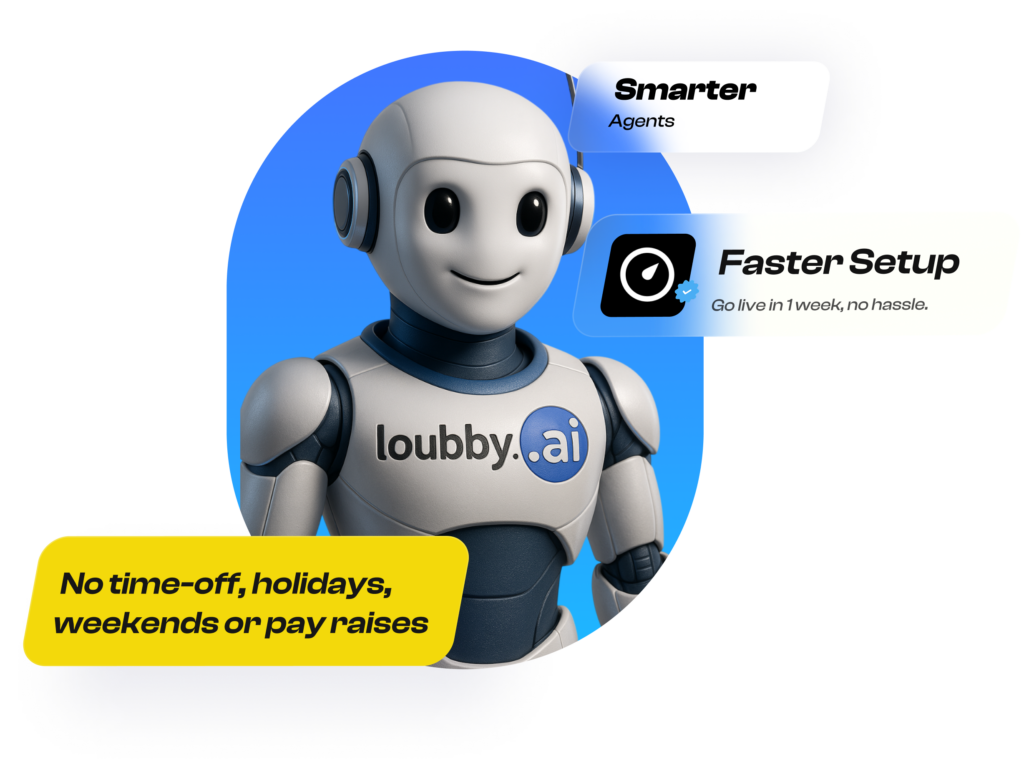HR teams spend a significant amount of their time on repetitive administrative tasks that can be automated. These HR tasks consume hours that could be better spent on building stronger teams and enhancing workplace culture. When manual processes pile up, it slows everything down and this wastes time and drains the energy of HR professionals.
Automation shouldn’t be seen as an option but a necessity. Without automation, companies risk falling behind in managing their people efficiently. Simple, routine work that can be handled by software should not hold back progress.
In this article, you will discover seven HR tasks you can automate. Automating these will save your team hours, reduce errors, and make your HR processes faster and smarter.
1. Payroll Processing
Payroll is one of the most important HR tasks, but when it’s done manually, a lot of issues can arise. Errors in calculations, missed deadlines, or wrong deductions can quickly lead to unhappy employees and strained trust. Delays in salary payments hurt morale and can even affect productivity. With manual payroll, the chance of mistakes rises every time numbers are handled by hand, especially in bigger teams or complex pay structures.
Automation removes these risks by handling calculations accurately and ensuring salaries are paid on time. This means fewer complaints and more confidence from employees that their pay is correct. It also frees HR teams from spending hours chasing numbers and fixing errors. When payroll runs smoothly, the whole company feels more stable and focused. Automated payroll processing reduces the burden on HR and keeps the engine of the company running without unnecessary stops.
2. Attendance and Time Tracking
One common challenge in HR tasks is managing attendance and time tracking with manual timesheets. When workers fill paper forms or spreadsheets by hand, mistakes easily happen. Some entries might be missed, times can be wrongly recorded, or even manipulated. This creates confusion when calculating work hours, overtime, or leave, leading to disputes and delays in payroll.
Automated attendance systems solve these problems by recording time logs in real-time. Employees clock in and out using digital tools that update instantly. This reduces errors and provides a clear, trustworthy record of working hours. Supervisors can check attendance anytime without waiting for paperwork. With real-time tracking, companies gain accurate data that speeds up payroll and improves trust between staff and management. It also frees HR from manual checks, allowing focus on more strategic work. This simple switch from manual to automatic attendance makes a big difference in smooth HR operations.
3. Leave Requests and Approvals
Another common HR task that slows things down is handling leave requests manually. You will see staff sending emails back and forth, following up on approvals, or even forgetting to notify HR entirely. Before you know it, someone is off work without formal approval or record. This kind of loose process leads to confusion, missed updates, and even payroll errors.
Automating the leave approval flow changes everything. Employees can apply for time off through a simple digital system, where their request is automatically routed to the right manager. Once approved or declined, the system updates the HR records and even reflects on attendance and payroll where needed. There’s no need to keep track of email threads or chase approvals. Everyone involved sees the status of the request clearly, and nothing falls through the cracks. With a smooth and trackable process, HR teams spend less time chasing updates and more time focusing on planning and people.
4. Employee Onboarding
Employee onboarding is one of the HR tasks that often gets stuck in slow, manual processes. Filling out forms by hand, collecting documents, and scheduling training sessions by phone or email all take time and cause delays. New hires can feel lost or frustrated before they even settle in, and HR ends up spending extra hours chasing paperwork and setting up accounts.
Automation changes this by creating a smooth, guided process for new employees. From the moment a candidate accepts the job offer, the system sends welcome emails, shares necessary forms for digital signing, and schedules training sessions automatically. This means new hires get what they need quickly and can start contributing faster. The HR team also benefits by cutting down on repetitive tasks and focusing on making the employee experience better. Automated onboarding removes bottlenecks and helps build confidence from day one.
5. Recruitment Workflow
Recruitment is one of the HR tasks that can slow down a company if done manually. Sorting through hundreds of resumes by hand takes time and can lead to missing out on good candidates. The back-and-forth of scheduling interviews and sending follow-up messages also drags the process, leaving hiring managers and candidates frustrated.
Automation fixes this by quickly screening resumes based on set criteria, so only the most qualified applicants move forward. It also handles scheduling interviews by syncing calendars and sending reminders without human input. Automated follow-ups keep candidates informed and engaged throughout the process. By removing these manual steps, recruitment becomes faster and more consistent. This means businesses can hire the right people without unnecessary delays or mistakes.
6. Performance Reviews
Performance reviews are one of those HR tasks that, if rushed or done without care, can hold back employee growth. When managers wait until the last minute or allow personal bias to affect their evaluations, feedback loses its value. This slows down progress and lowers motivation among staff.
Automation helps by setting regular review schedules and sending reminders to both managers and employees. This keeps feedback consistent and timely, allowing employees to understand their strengths and areas for improvement without delay. Automated systems can also gather input from different sources to provide a fairer and more balanced view. By keeping performance reviews on track and unbiased, companies build a culture of continuous growth and clear communication.
7. Expense Reimbursements
Expense reimbursements are part of HR tasks that often cause issues for both employees and finance teams. When approvals happen manually, papers get lost, delays occur, and transparency suffers. Employees may wait weeks to get their money back, which affects their trust in the system.
Automation changes this by speeding up the approval process and making everything visible in one place. Requests move through the right channels without back-and-forth emails, and employees can track their reimbursement status anytime. This reduces errors and keeps the whole process clear and fast. By removing the bottlenecks of manual work, automation brings relief to everyone involved and helps the company run smoothly.
How Loubby AI Makes HR Automation Simple
Managing HR tasks can become overwhelming without the right tools. Loubby AI brings together everything you need into one easy platform. Whether it is payroll, onboarding, recruitment, performance reviews, or expense tracking, this all-in-one system removes the need to use different software and spreadsheets.
Here is how Loubby AI makes HR automation straightforward and efficient:
- Payroll Automation: Loubby AI links with time tracking and expenses to calculate salaries, deductions, and taxes correctly across various countries. This cuts down errors and guarantees your employees get paid on time.
- Talent Onboarding: The platform simplifies bringing new hires into the team. It handles document collection, schedules orientation, and manages compliance so your HR team can focus on welcoming new staff instead of paperwork.
- Recruitment Workflow: Automated screening, interview scheduling, and follow-ups speed up hiring and reduce delays, helping you find the right talent faster.
- Performance Management: With AI-backed insights, managers can track progress, gather feedback, and set clear goals. Regular reviews happen on time without bias, encouraging continuous employee growth.
- Attendance and Time Tracking: Real-time monitoring of hours and shifts replaces manual timesheets, making payroll more accurate and ensuring compliance with work hours.
- Leave Management: Automated approval flows and clear leave balances keep requests transparent and prevent confusion caused by endless emails.
- Expense and Reimbursement: Employees submit expenses easily, while managers track and approve spending quickly, improving transparency and cutting delays.
All these features come with real-time dashboards and detailed reports, giving you a clear view of your workforce’s performance, payroll status, and expenses. This transparency helps make faster decisions and reduces costly mistakes.
For companies looking to simplify their HR operations and free up time for more strategic work, Loubby AI offers the best solution. It removes manual effort from everyday tasks and creates a smooth, error-free system that everyone can trust.
Conclusion
Automating repetitive HR tasks changes the way teams work. It helps avoid common mistakes, speeds up daily operations, and frees up time to focus on bigger goals. These tasks take a lot of time when done by hand, and automation brings reliability and consistency that every company needs.
Many people think automation is just for large companies. That is not true. Even small teams can benefit a lot. By automating things like payroll, attendance tracking, leave requests, and recruitment workflows, small businesses can work faster and more smoothly. This means less stress and more confidence in the work being done.
If you want to save hours every week and make your HR tasks easier, this is the right time to act. Book a demo with Loubby AI today and see how simple it is to automate your HR tasks. With the right tools, your team can spend less time on routine work and more time on what matters most.
